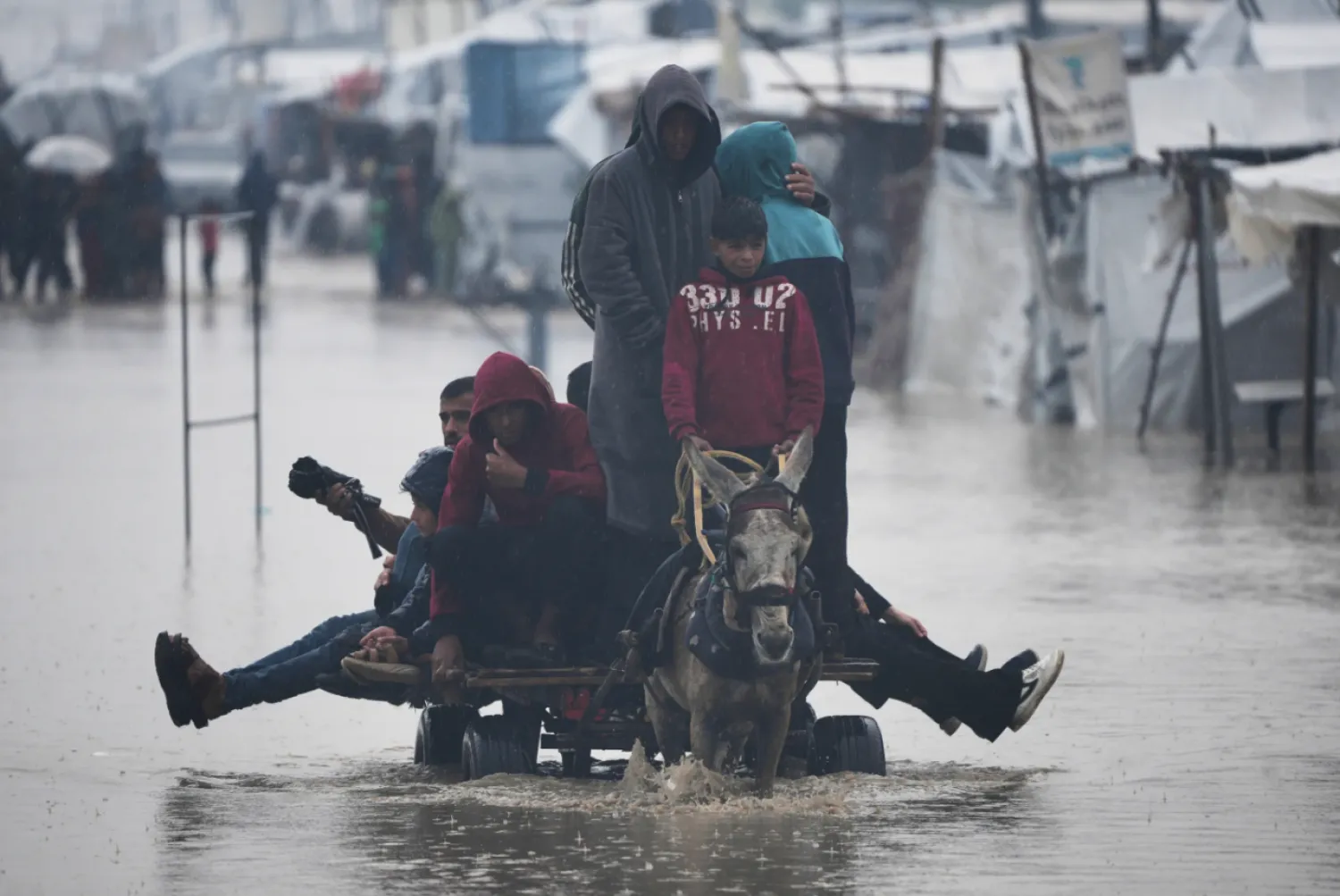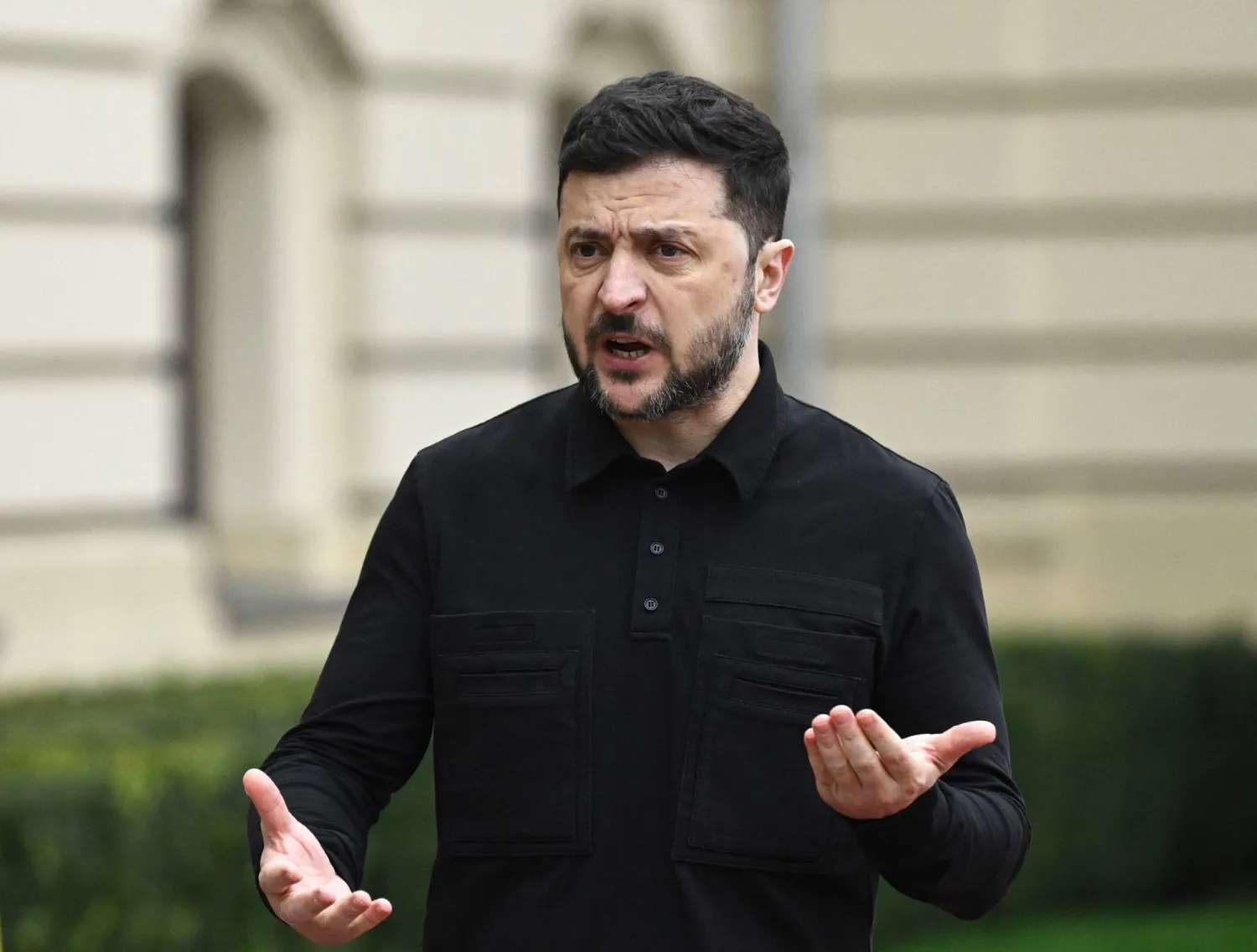Sixteen years after the largest operation targeting the Iranian nuclear program, a new investigative report by a Dutch newspaper revealed the identity of the agent who introduced the “Stuxnet” computer worm to the main uranium enrichment facility in Natanz, central Iran, in a process that took years of cooperation between the United States and Israel.
Washington and Tel Aviv developed the Stuxnet virus, which was discovered in 2010, after it was used to strike the Natanz facility, in the first attack of its kind on industrial equipment. Iranian officials said at the time that the virus had infected the Bushehr nuclear station, which overlooks the Arabian Gulf.
The virus is a malicious computer program that attacks widely used industrial control systems produced by the German company Siemens AG, and exploits security vulnerabilities in the Microsoft Windows operating system. Experts say that the virus could be used for espionage or sabotage.
Years after the attack that disrupted the Iranian nuclear program and caused tension between Tehran and the West, De Volkskrant revealed the details of the access of American and Israeli intelligence to the heavily fortified facility, after a Dutch engineer succeeded in introducing equipment contaminated with the virus into the lifeline of Natanz, and installing it on water pumps.
According to the investigation published by De Volkskrant, Dutch Engineer Erik van Sabben, an agent of the Dutch General Intelligence and Security Service (AIVD), succeeded in reaching the Natanz facility, to carry out the secret operation that was preceded by years of preparation and cooperation between the CIA, the Israeli Mossad, at a cost of one billion dollars.
The investigation stated that the engineer carried out an extremely risky mission in Iran, by infiltrating the Natanz facility in 2007, where he installed contaminated devices and equipment. The results of the largest major blow to the Iranian nuclear weapons program emerged eight months after the equipment was fixed, causing the disruption of a thousand central devices within the facility.
Van Sabben, a civil engineer by profession, died in a motorbike crash near his home in Dubai two years after the operation.
According to the newspaper, the Dutch engineer, who is married to an Iranian woman, worked for a transport company in Dubai, and traveled several times to Iran. The company said it had previously sent spare parts to Iran’s oil and gas industry, but was not aware of the secret activities of its employee.
His death raised questions among the Dutch intelligence service, and fears that it was linked to his secret activities in Iran.
The two-year investigation was based on the testimonies of 43 people, 19 of whom were from the Dutch General Intelligence and Security Service (AIVD), the Dutch Military Intelligence and Security Service (MIVD), and former employees of the Mossad, the Israeli Military Intelligence Service (Aman), and the US Central Intelligence Agency (CIA).
The investigation raises questions about why the Dutch government, the two main Dutch intelligence services, and the parliamentary committee on public security and intelligence were not informed of the details of the Stuxnet operation. The newspaper noted that international experts view the sabotage of the Iranian nuclear program as “an act of war while the Netherlands was not at war with Iran,” and warned of “geo-political consequences” if the involvement of the country’s intelligence services is proven.
Electronic warfare constitutes an essential aspect of the shadow war taking place between Israel and Iran, especially against the backdrop of the nuclear file, the focus of the main conflict between Tehran and the Western powers.
At the end of August, Iran announced that it had thwarted an “Israeli plot” to damage its program to develop ballistic missiles and drones through defective spare parts imported from abroad.
According to the Iranian account, the Ministry of Defense obtained spare parts and electronic chips, which are used in the production of advanced missiles and drones.
Mahdi Farahi, Deputy Minister of Defense, told state television: “Had it not been for thwarting the interference, and if spare parts had been used, all the missiles would have been ineffective.”
State television accused a “professional and specialized network with the help of some infiltrated elements” of being behind the “conspiracy.”









